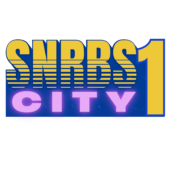Post format
As a bassist, bandleader, teacher, and music copyist, I’ve worked with hundreds of singers throughout the years. Though working musicians know hundreds of tunes, singers need to have good charts in order to have their music played the way they want. I define a „good chart“ as a piece of written music that effectively tells […]
-
Pages


 SNRBS CITY
SNRBS CITY  SNRBS SUPERSTATION
SNRBS SUPERSTATION